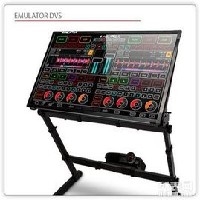广东顶尖专业3D供应
1/5


广东顶尖专业3D供应
¥0.00/普通
2013-09-11 15:491分享0询价
参数
- AKAI品牌
- 1普通起订
- 广州产地
广东 广州
0天内发货
0普通
产品参数
- AKAI
- 广东 广州
- 1普通
产品详情
3D Web-Mapping
Three-dimensional web-mapping viewers using a virtual globe to portray the world have helped to popularise GIS, transforming a flat 2D world into a more stimulating experience for the general public. Along with faster computers, their success has been greatly helped by the broadening availability of broadband, helping faster data streaming. Viewers like NASA World Wind have helped to highlight and demonstrate the importance of OGC standards in building SDIs. However, there is a need for viewers to fully support these standards. As the existing features of the current wave of 3D web-mapping products are strengthened, it is important to look at their future evolution. Support for metadata is very important. How often does a user ask how old is this satellite image of my city? True 3D support is also required. The ocean is not a surface but a volumetric space. For example, to better visualise and interpret a volumetric hydrodynamic model, slicing and profiling tools are needed. The wish list for new features is probably endless. However, it is the marketplace that will determine the additional functionality that is actually realised.
.Vector SupportSupport for importing vector data into World Wind is currently limited. For example, vector objects such as polygons are not rendered directly but instead rasterised and rendered as a texture.

在线留言
店铺最新

- 广东顶尖专业3D供应
- ¥0.00
 在线问
在线问
最近来访记录









